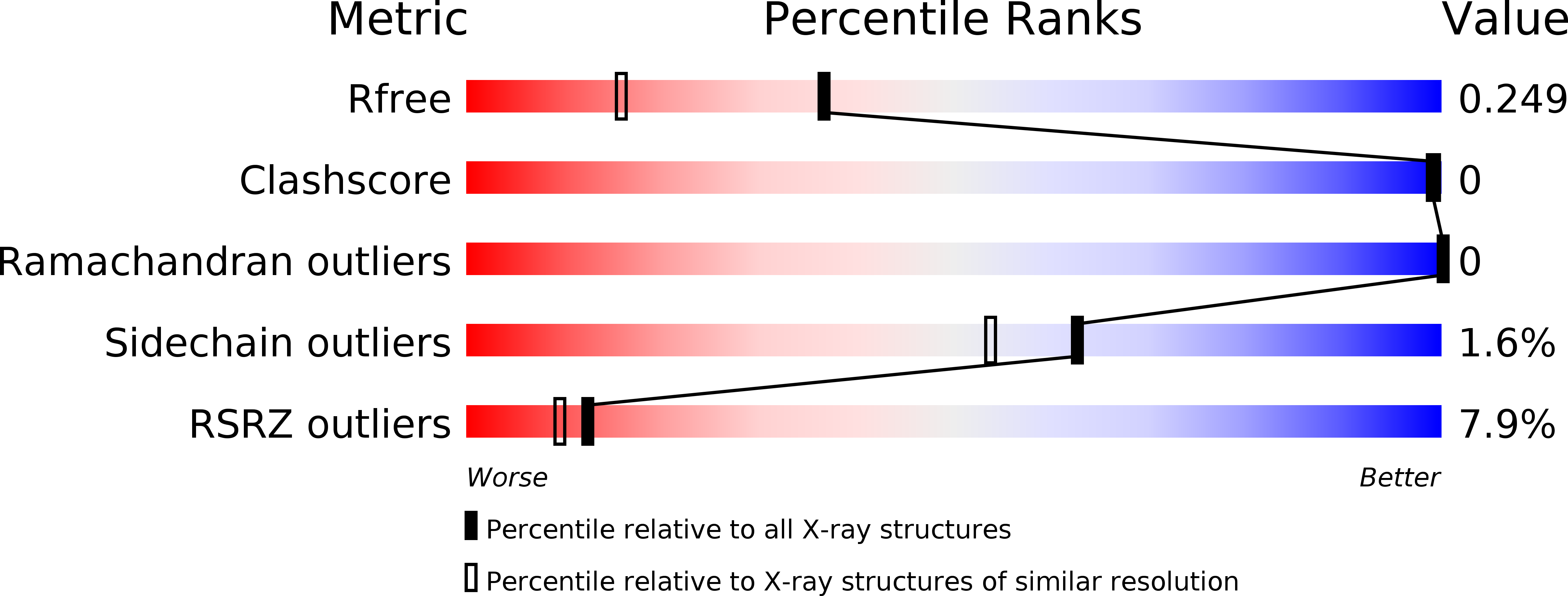
Deposition Date
2015-10-23
Release Date
2016-03-30
Last Version Date
2024-11-13
Entry Detail
PDB ID:
5EFI
Keywords:
Title:
Crystal structure of mouse CD1d in complex with the p99p lipopeptide
Biological Source:
Source Organism:
Mus musculus (Taxon ID: 10090)
Mus (Taxon ID: 10088)
Mus (Taxon ID: 10088)
Host Organism:
Method Details:
Experimental Method:
Resolution:
1.80 Å
R-Value Free:
0.24
R-Value Work:
0.21
R-Value Observed:
0.21
Space Group:
P 21 21 21


